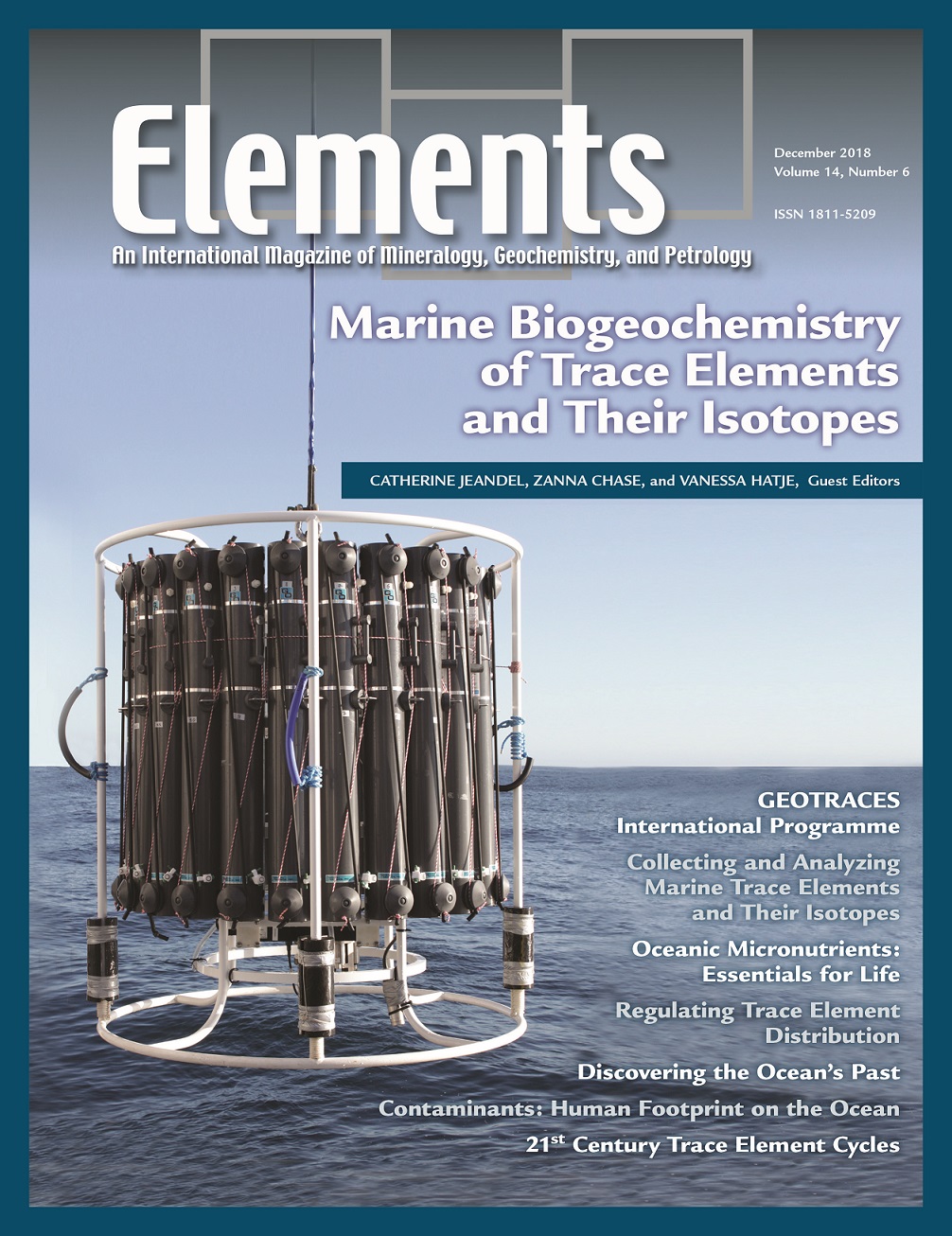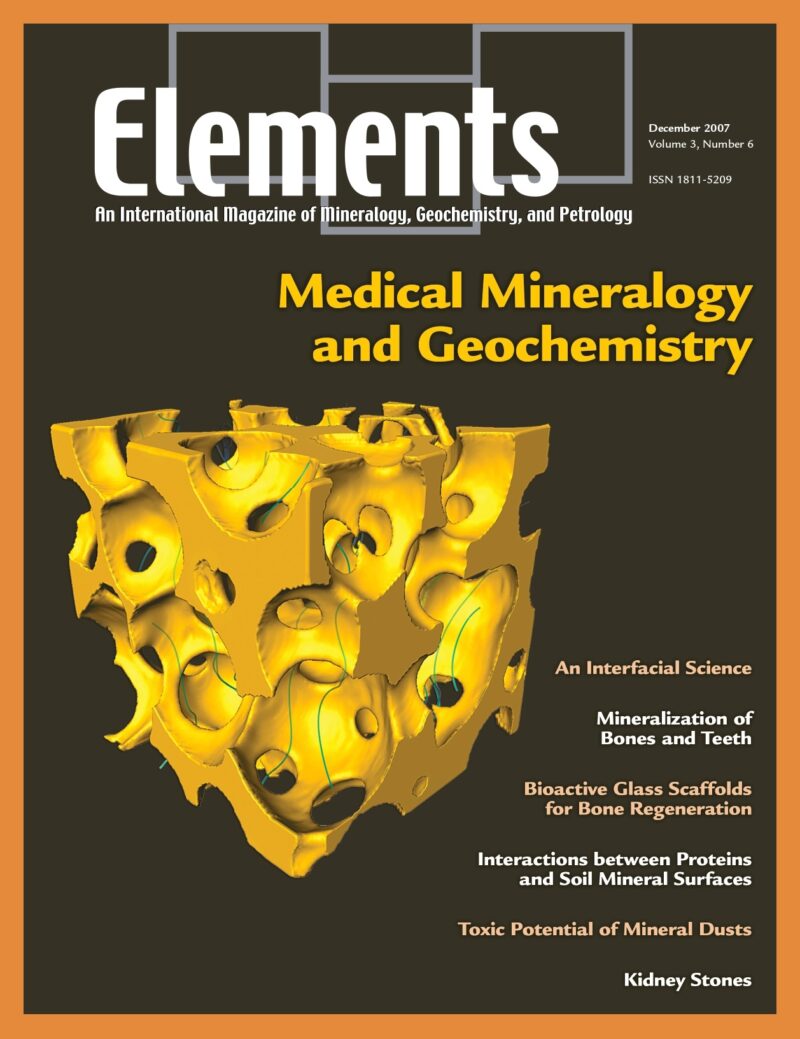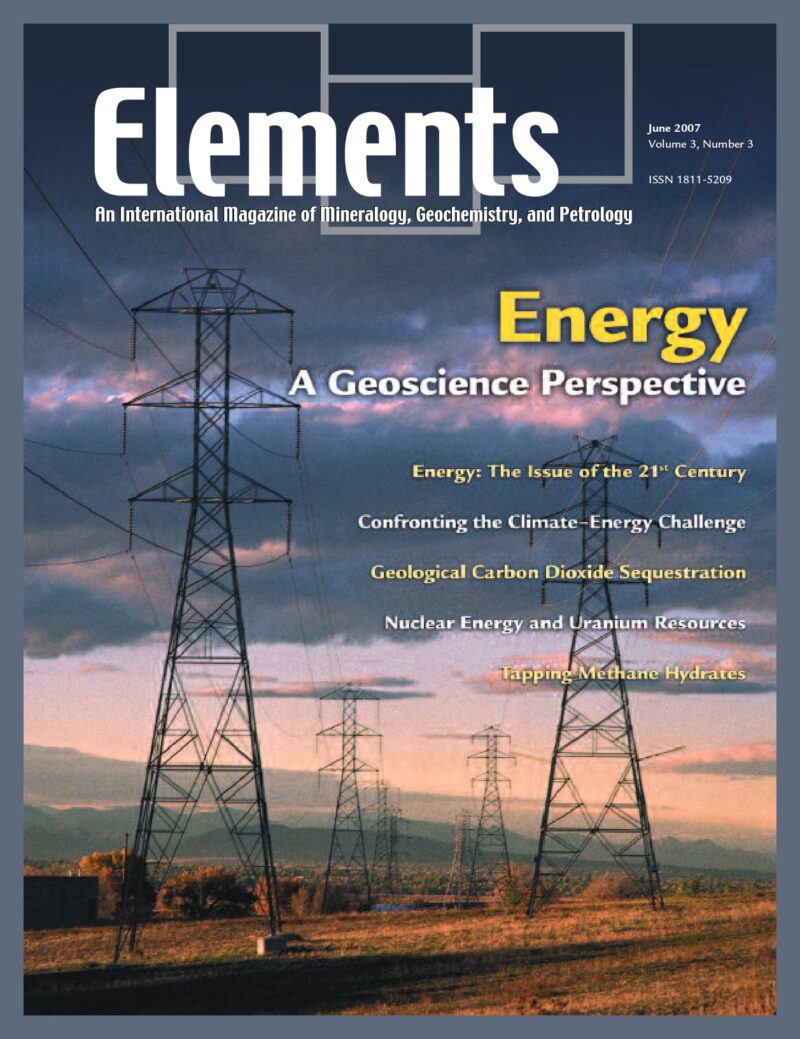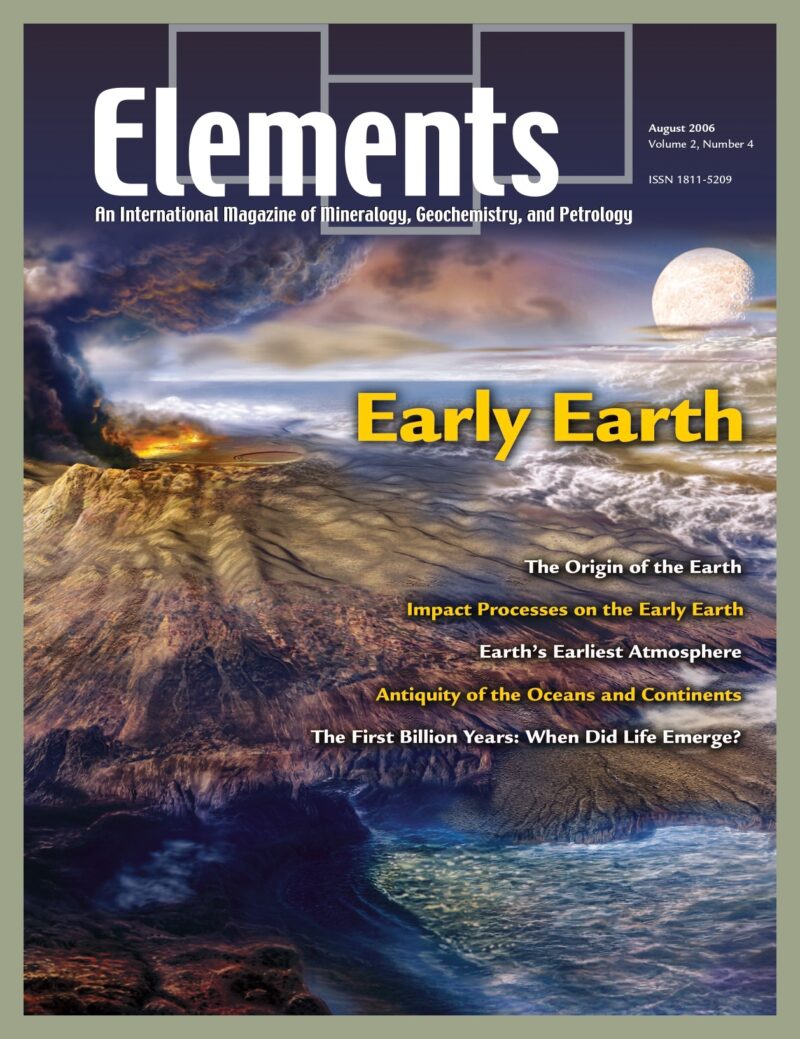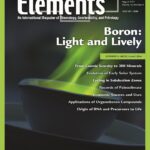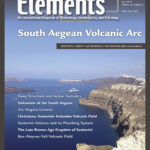Marine Biogeochemistry Of Trace Elements And Their Isotopes, December 2018, Vol. 14, No. 6
$20.00
The field of marine geochemistry is exploding these last two decades. During the 1980s and 1990s, the scientific community developed a geochemical toolbox to study key ocean processes, based on the concentration and isotopic composition of trace elements.
Marine Biogeochemistry Of Trace Elements And Their Isotopes
December 2018, Vol. 14, No. 6
The field of marine geochemistry is exploding these last two decades. During the 1980s and 1990s, the scientific community developed a geochemical toolbox to study key ocean processes, based on the concentration and isotopic composition of trace elements. The multiple processes at play in the ocean led the community to join forces and combine, at a global scale, the information provided by individual tracers to tackle big questions in oceanography. These were the motivations to create GEOTRACES, an international program of marine geochemistry. The key questions include the sources, internal processes and sinks of the elements; the services and functioning of marine ecosystems; the ocean’s role in climate variability; and the transport and fate of contaminants in the ocean. This issue introduces the reader to the fascinating exploration of the big questions in ocean science using the chemistry of the infinitely small in seawater.
Why You’ll Love Elements Magazine:
- Expert Contributors: Articles written by renowned researchers in the field of geoscience.
- Engaging Content: Join a community of readers who are passionate about Elements.
- Exceptional Quality: Each issue is printed on high-quality paper with stunning visuals and detailed illustrations that bring complex scientific concepts to life.
Order your copy of the December 2018 issue of Elements magazine today and explore marine biogeochemistry of trace elements and their isotopes.
Related products
-
Medical Mineralogy And Geochemistry, December 2007, Vol. 3, No. 6
$20.00Medical mineralogy and geochemistry is an emergent, highly interdisciplinary field concerned with both normal and pathological interactions between minerals or amorphous inorganic solids and biomolecules or cells within the human body, and the transport and fate of prions and protein toxins in the soil environment. Prior research has, appropriately, focused on the complex genetic and molecular biological aspects, but there is a growing recognition of the vital need for understanding the surface and bulk properties and reactivities, especially at the challenging nanoscale characteristic of biomacromolecules and biominerals.
-
Energy: A Geoscience Perspective, June 2007, Vol. 3, No. 3
$20.00The issue of energy resources in the future may be one of the most important in the 21st century. Future climate change and the ways to abate it while still supplying needed energy will impact future political relations, world economics, human health, and the environment.
-
Early Earth, August 2006, Vol. 2, No. 4
$20.00The earliest Earth was a strange inhospitable world, yet transitions occurred culminating in the evolution of life within the first billion years. The preservation of a sparse and ambiguous rock record has encouraged debate.

